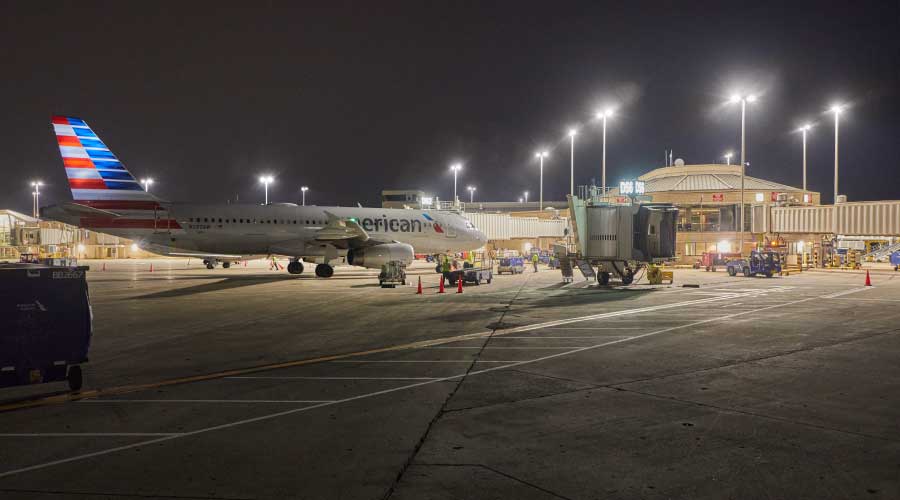Use Ongoing Monitoring To Get The Most Out Of Daylighting
Modern energy conservation procedures in new and retrofit buildings often tap the benefits of daylight to reduce both lighting and HVAC cooling loads significantly. At first, great strides in energy efficiency are achieved and everyone seems delighted. But as time passes, the daylight harvesting system is too often overridden by occupants and even facility managers trying to resolve complaints. Using ongoing monitoring can help ensure you're getting the most out of your daylighting system.
Daylight harvesting systems usually save energy, even when they may not be performing optimally. In fact, a recent study by the Energy Center of Wisconsin found daylight harvesting saved a median of 20 percent in lighting energy savings and another 3 percent when HVAC savings were added for the 20 commercial and public assembly spaces studied.
About the same time, Lawrence Berkeley National Laboratory published a best estimate of 28 percent average lighting energy savings when daylight harvesting is employed.
Initial design estimates often place savings at slightly higher levels than the LBNL and Energy Center of Wisconsin studies found. Over time, space planning and other elements may reconfigure the daylit space, resulting in significant daylight harvesting losses. Therefore, facility managers who regularly monitor their daylight harvesting systems often can increase their savings with minimal effort.
Starting With Commissioning
The first step for maintaining daylight harvesting starts at post-construction commissioning. At this point, functional testing of the entire daylighting system — lighting controls, interior partitions, and glare control devices — is essential. Careful attention to calibration of these controls is crucial, under both sunny and bright cloudy conditions, either on-site or through simulations. This allows the photosensor setpoints to be adjusted for real-world building conditions. An illuminance meter verifies that workplace illuminance is achieved under various exterior lighting conditions.
"All control equipment should be verified as being the right equipment, properly delivered," says Craig DiLouie, education director, Lighting Controls Association. "After installation, the control system should be verified to be properly installed and oriented, particularly the light sensors, and then functionally tested to make sure it works as specified. Finally, the owner should be trained on the control system's proper use and receive a systems manual with all documentation."
Recommissioning's Added Value
The Energy Center of Wisconsin also assessed actual savings compared to ideal savings and found that most (16 spaces) were achieving just half their potential savings. Four others were not saving any energy.
Analyzing the problems showed the primary culprit. Eight spaces needed major control calibration and five others needed minor control calibration. In three spaces, the zoning was too large; another three spaces applied heavy shading to reduce glare. Two spaces suffered from incorrect relays. High cubicle dividers, improper sensor positioning, and low deadband (disabled daylight harvesting controls) were found in three spaces.
In each space, the Energy Center of Wisconsin recommissioned the daylight harvesting system. The retuning often took about two hours. In return, recommissioning saved an average of 50 percent in lighting energy savings that combined with HVAC savings totaled 57 percent. Even where daylight harvesting seems to be working, periodic recommissioning can yield significant energy savings.
Constant commissioning helps maintain daylight harvesting advantages, says Tom Hootman, director of sustainability at RNL. As space use changes, and even when the space appears to be the same, periodic calibration of sensors is essential, says Hootman. "Over time, those sensors may be overridden," he says.
Certainly when major changes are being made to spaces in the building, facility managers need to double-check that daylighting is providing the number of footcandles needed for occupants. One simple way to continuously commission the system is to use a light meter application on a smart phone. "Then, as you walk through an area, you can check light levels in moments," says Hootman.
Another way to catch when the daylight harvesting system is not performing optimally is to install lighting system submeters. By monitoring the submeters, facility managers will be able to spot telltale energy spikes.
Related Topics:













